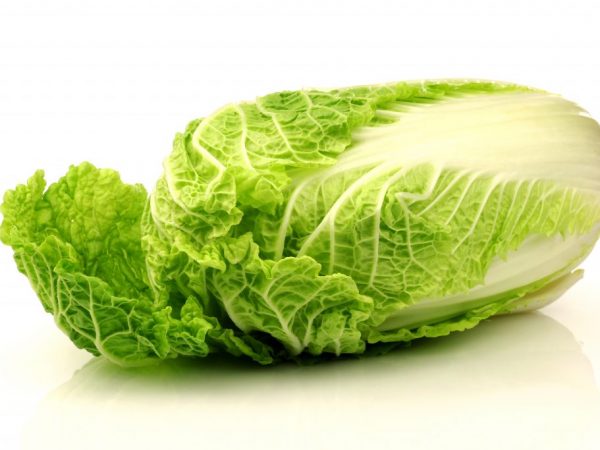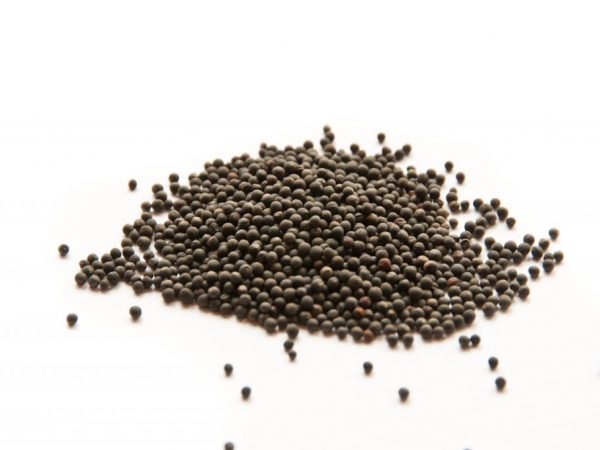Rules for growing Chinese cabbage
Growing Chinese cabbage allows you to harvest 3 times per season: at the very beginning of spring, late summer and autumn. Juicy, piquant cabbage is high in nutrients and low in calories.

Rules for growing Chinese cabbage
Features of the view
Peking cabbage and Chinese cabbage are 2 closely related species, so they are often confused, although external differences are significant:
- Peking tea forms a head of cabbage, its leaves are green with white roots, the taste is soft, neutral;
- Chinese, which the inhabitants of the Celestial Empire call pak-choi, has leaves and petioles of a deep green color; the stump is not formed, the taste is rich, piquant, the leaves are juicy.
Because of its spicy taste, Chinese cabbage is called mustard. Cabbage belongs to the early species, it tolerates frost well, does not require special care.
The leaves of the vegetable are collected in a rosette, sit on dense thick petioles, which make up 2/3 of the weight of the head of cabbage. The petioles are crispy, juicy, reminiscent of spinach. The vegetable is used for preparing salads and first courses. The vegetable contains a record amount of vitamins C, B, and K, trace elements, pectins and active enzymes.
The peculiarity of the culture is a love for low temperatures and moderate lighting.
Soil preparation
You can plant a crop in central Russia in the first week of April; it is best to prepare the soil for a crop in the fall. The technology for growing early Chinese cabbage provides that:
- the garden allotted for the culture should be located in a well-lit place in the garden, on a hill where water does not stagnate.
- the predecessors of the culture can be legumes, tomatoes, peppers, potatoes, zucchini;
- the Chinese woman is not grown after the cabbage;
- fertilizers are applied to the soil (½ bucket of manure, 2 tbsp. ash or 2 tbsp. phosphate and 1 tbsp. l. potash fertilizers), the soil is dug to a depth of 20-25 cm;
- acidic soils are treated with chalk, dolomite powder or lime, a little coarse sand is added to the loam (some gardeners practice the introduction of rotted sawdust);
- in early spring, the soil is loosened, additionally a mineral nutrient mixture for vegetables is added.
You can get a high-quality vegetable both by planting seedlings grown at home, and by sowing seeds in open ground. Ripening period - 25-60 days.
Sowing and care
Pak Choi is one of the oldest vegetable crops grown in the fields of China.
Unlike the usual European varieties, which require careful soil preparation and adherence to agricultural techniques, you can grow delicious Chinese cabbage on relatively poor soil.
Growing Chinese cabbage from seedlings is a troublesome and thankless task, the sprouts do not tolerate picking well and die. Sowing seeds in open ground is a better and more productive solution.
Growing by seeds

Seeds need to be treated with a growth stimulant
How to grow Chinese cabbage in the middle lane? You can start planting at a temperature of 5 ° C.If the procedure is carried out at intervals of 5-7 days, fresh herbs in the country can be collected constantly.
Seeds 2-3 days before sowing in the ground:
- calibrated;
- soaked in a solution of a growth stimulator or a solution of trace elements.
Seeding depth - up to 10 mm.
Before planting, grooves are formed at a distance of up to 0.3 m. A thin layer of wood ash is applied to the surface of the seedbed. Such treatment scares off the sprouts of the main pest - the cruciferous flea.
The first shoots can be seen in a week and a half, pre-treated seeds will sprout in 4-5 days.
Features of growing Chinese cabbage:
- crops are thinned out, the distance between plants should be at least 20 cm;
- the procedure is carried out when the plants have 2 true leaves;
- the soil is periodically loosened, weeds are destroyed;
- in dry weather, plants are watered;
- when planting seedlings in pre-fertilized soil, the plants are not fed;
- for better moisture retention, the soil in the garden bed is mulched.
The crop is harvested 25-35 days after sowing, usually in the morning. For better storage, the roots of the heads of cabbage are cut off, the greens are stored wrapped in film in a cold place. Autumn harvest under appropriate conditions can be stored until the New Year.
Growing seedlings
It is necessary to plant seedlings in open ground at a temperature of 13 ° C-15 ° C. The plant does not tolerate transplanting even with good care, therefore, it is necessary to sow 2 pieces in containers with light soil prepared at home in the last decade of March.
After germination, the weaker plant is removed. When 5 leaves appear, they are planted in fertilized open ground. The sprouts are fed with a mullein solution: 1 liter of manure per bucket of water once a week.
Varieties of varieties
Hobbyists grow many varieties of Chinese cabbage, differing in terms of ripening, size and color of the leaves. The early ripening ones include Vesnyanka, Four seasons and Alyonushka. You can enjoy their leaves 3 weeks after sowing.
After 60-66 days, the Krasa Vostoka variety pleases with fresh greens, a feature of which is resistance to throwing arrows. The domestic variety Swallow is distinguished by tasty petioles.
The Araks variety has purple leaves and ripens 1.5 weeks after planting.
Chill is particularly resistant to low temperatures and is harvested 5 weeks after planting with proper care.


